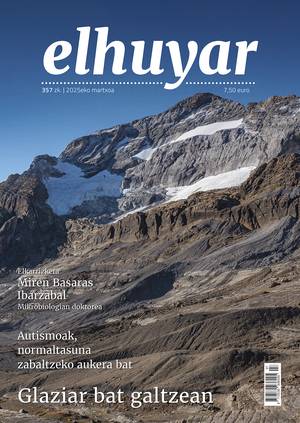Limit hybridization periods between Neanderthals and sapiens

New genetic analyses of the first sapiens lived in Europe and Asia have determined that Neanderthals and sapiens were hybridized about 50,500 years ago, a period of hybridization that lasted about 7,000 years, until Neanderthals began to disappear. The articles on these analyses have been published simultaneously by the Science and Nature journals. In both cases, researchers from the Max Planck Institute of Evolutionary Anthropology have participated, along with other international researchers, and the results and conclusions are complementary.
Neanderthals and sapiens split up about 500,000 years ago. Later, for 300,000 years, the Neanderthals lived in Eurasia. And between the years 40-60,000, sapiens left Africa and spread across Europe. As they expanded, they met with the Neanderthals and both groups hybridized with each other. Despite all this, scientists were unaware of the dynamics of hybridization and the evolution of genetic inheritance inherited from Neanderthals. This has been explained by the two articles that are now published.
In the article in Nature, for example, the genomes of seven individuals who lived 42,000-49,000 years ago in Ranis (Germany) and Zlatký kfruits (Czech Republic) have been analysed and found to be closely related to a group that had left Africa 50,000 years ago and, like all sapiens from outside Africa, had such a stewardship left behind. They have also pointed out that this hybridization took place some 45,000-49,000 years ago, much later than had been assumed so far.
The study published in Science also looked at current genomes, in addition to the findings of 59 old sapiens found in Eurasia (between 2,000 and 45,000 years). Thus, it has been seen that this hybridization period of 50,500 years ago left many genes in Eurasian genomes: between 1 and 2% of today's genomes. And they have also come to a very clear conclusion: The first sapiens migration from Africa to Eurasia took place over 43,500 years ago.
In addition, they have stressed that genetic data are in line with what archaeological remains suggest. In fact, archaeological evidence also shows that between 6,000 and 7,000 years sapiens and Neanderthal lived together in Eurasia. In addition, the duration of gene flow helps explain why eastern Asians have 20% more Neanderthal genes than Europeans and Western Asians.
Deserts and beneficial heritage
Researchers have also looked at how Neanderthal's inheritance in the Sapiens genome has changed over time. As you have explained, in the genome there are some areas without the generation of Neanderthals, which are called deserts. These deserts emerged soon after the hybridization of both human groups. It follows that the Neanderthal genes present in those parts were probably lethal to sapiens.
Most genes inherited from Neanderthals are related to immunity, skin pigmentation, and metabolism, as seen in previous research. An example of this is a genetic variant that protects against COVID-19.
They have also pointed out that eastern Asians, in addition to having a greater footprint on the Neanderthals, also have the Denisov. The analysis of how these remnants have changed over time is useful for understanding the hybridization between human groups and migratory dynamics.





